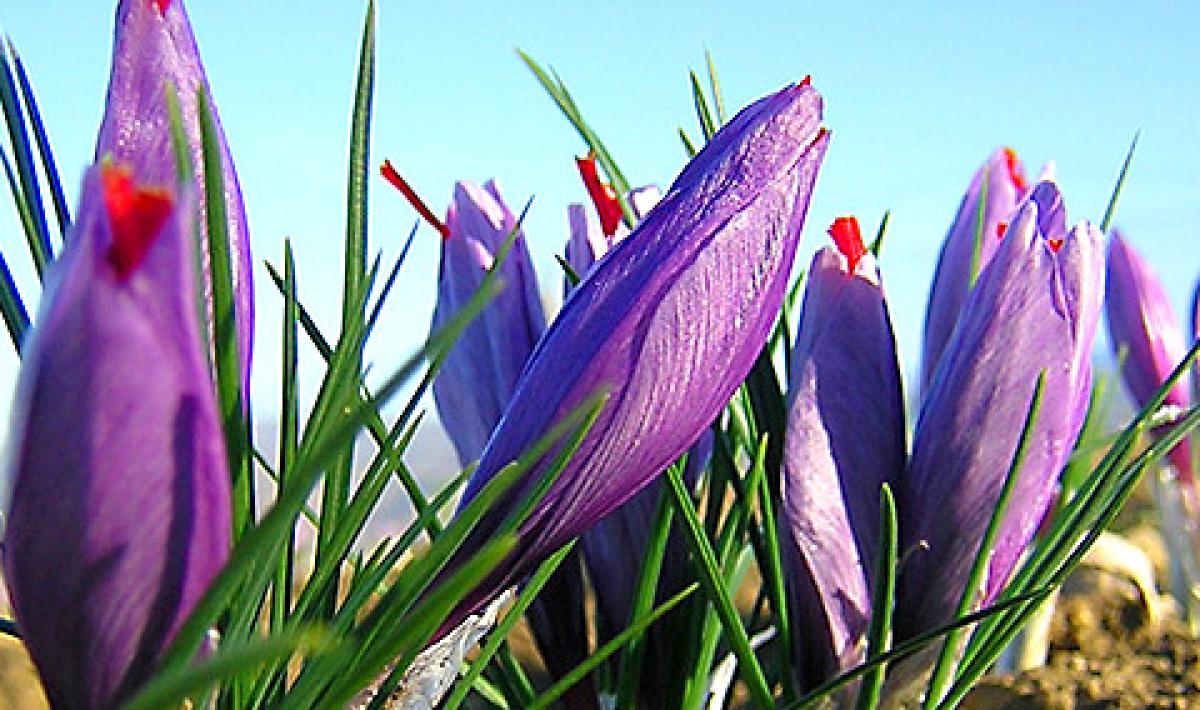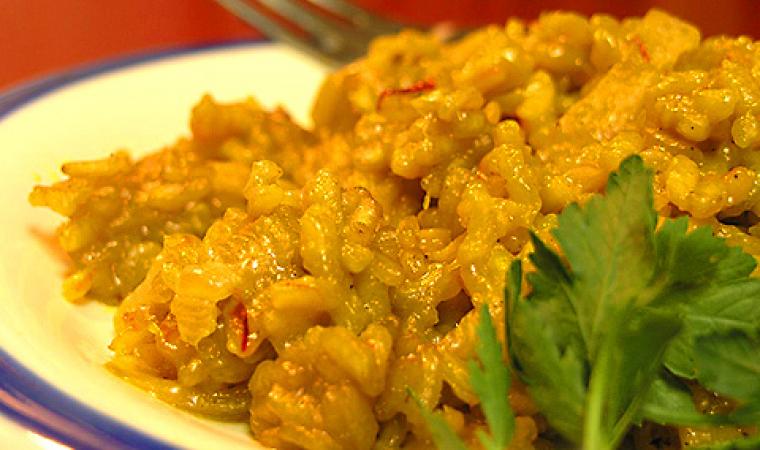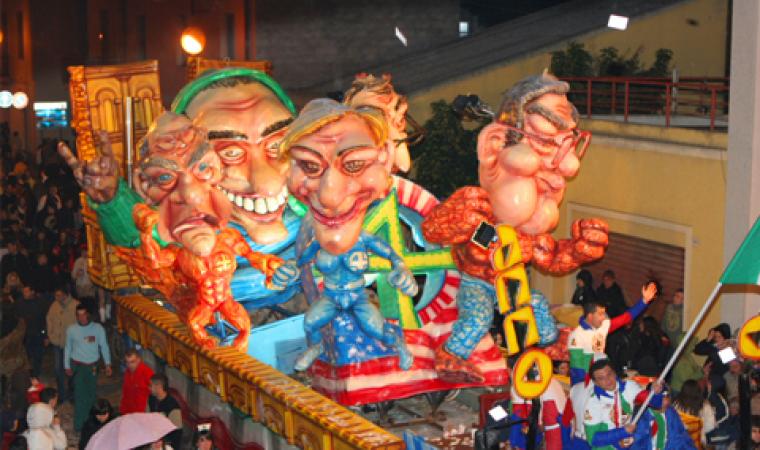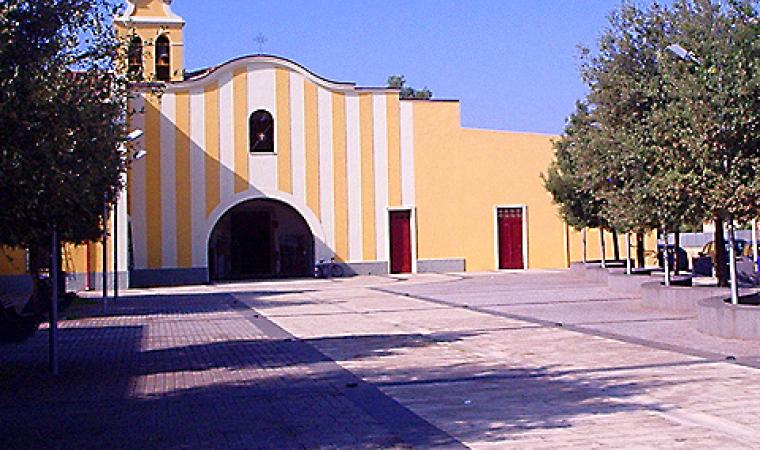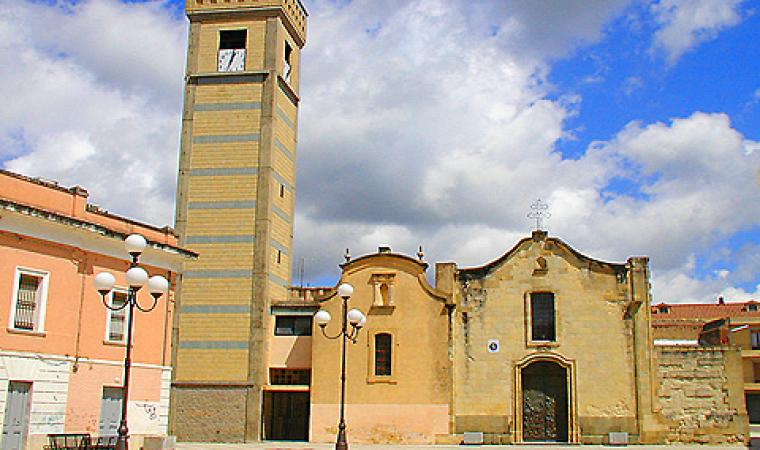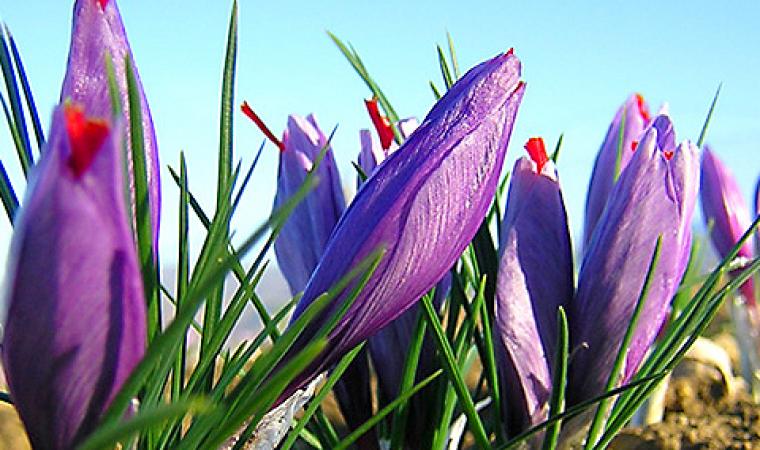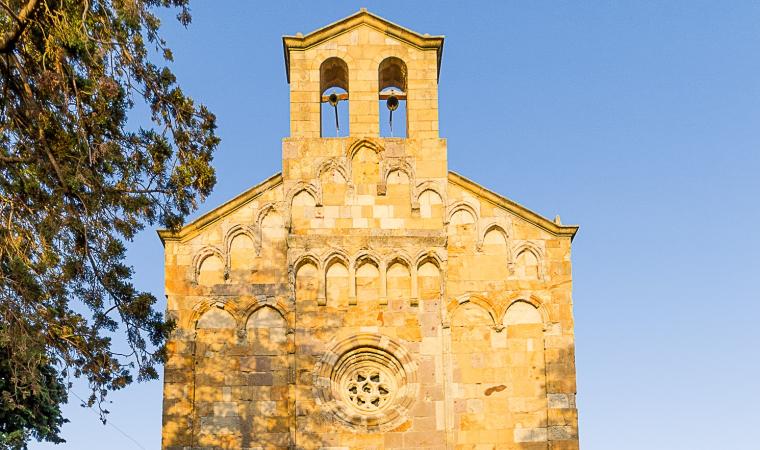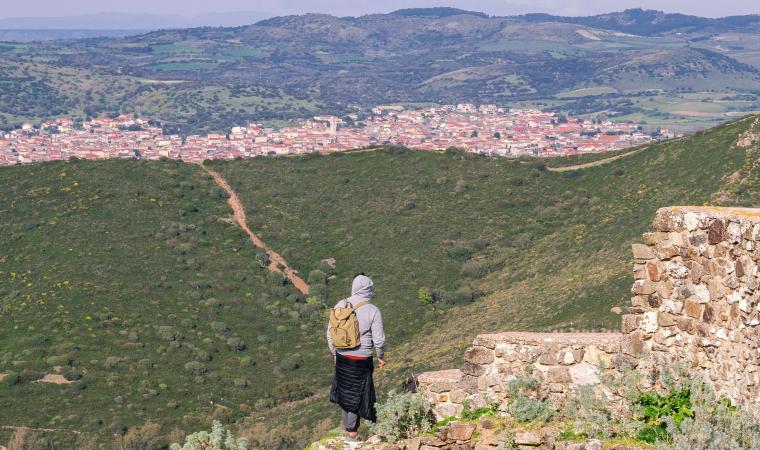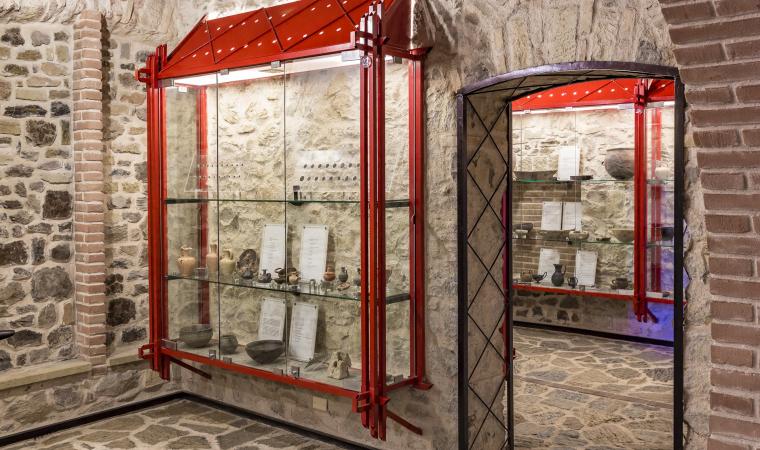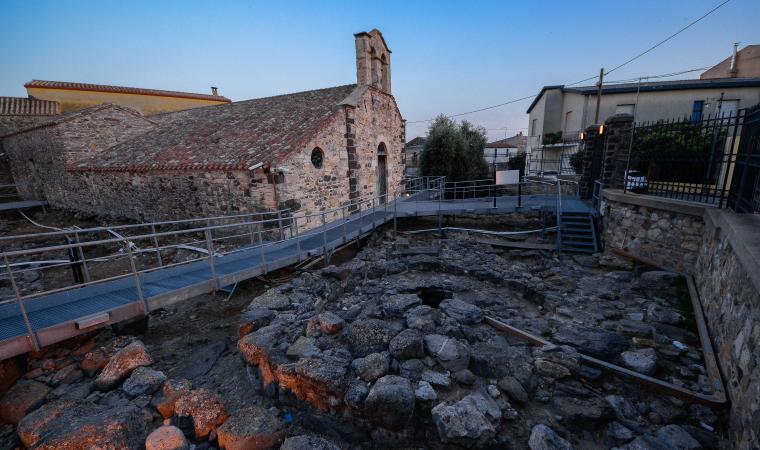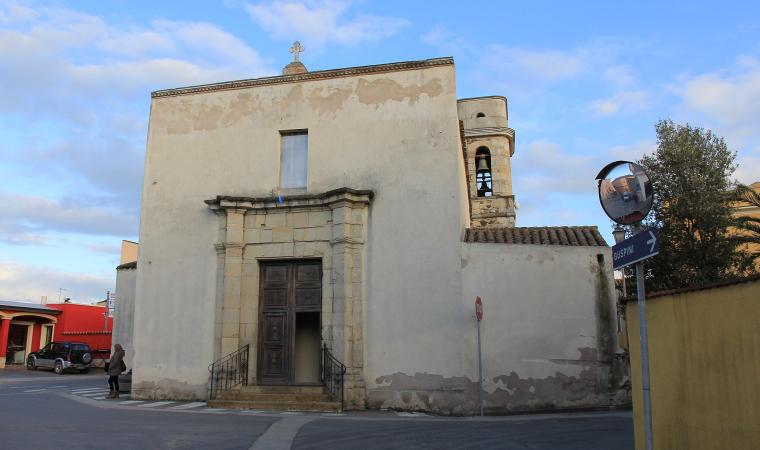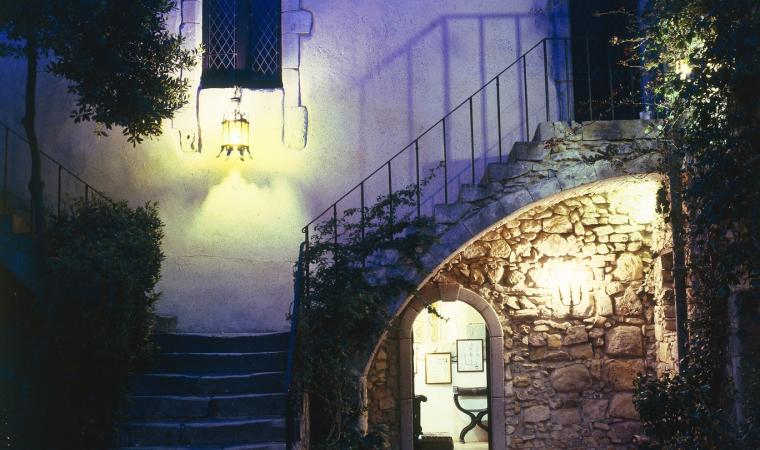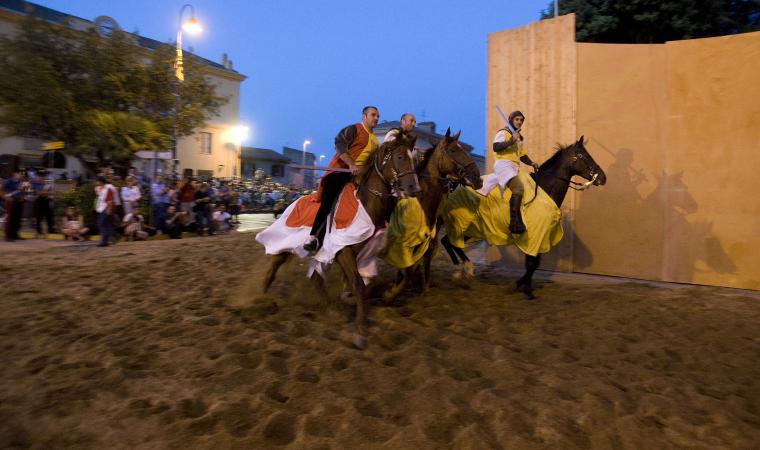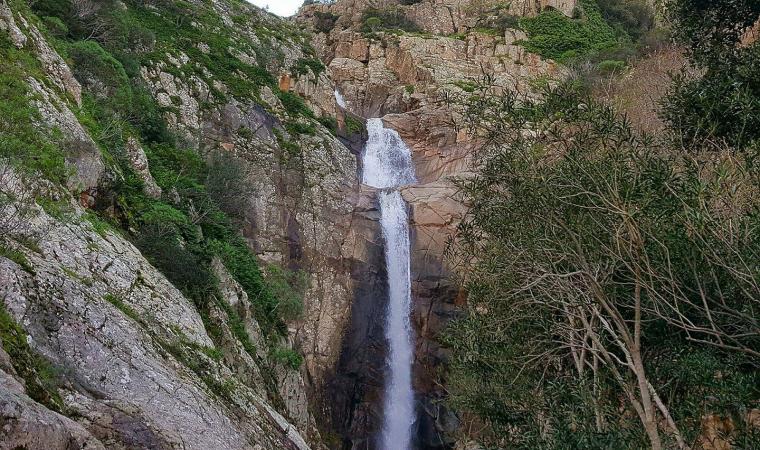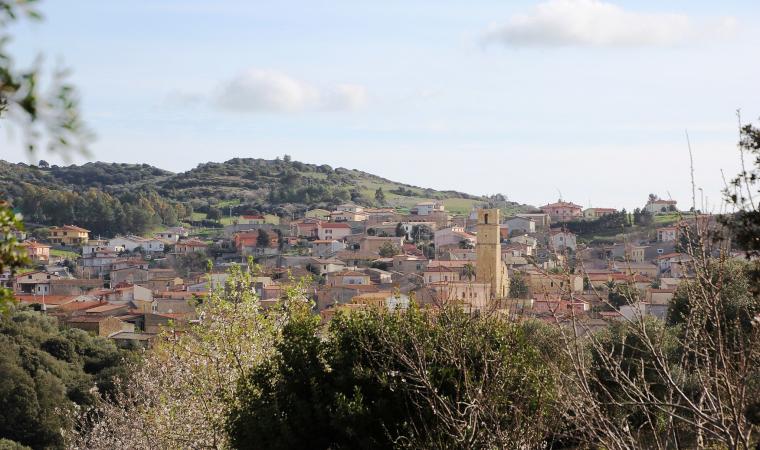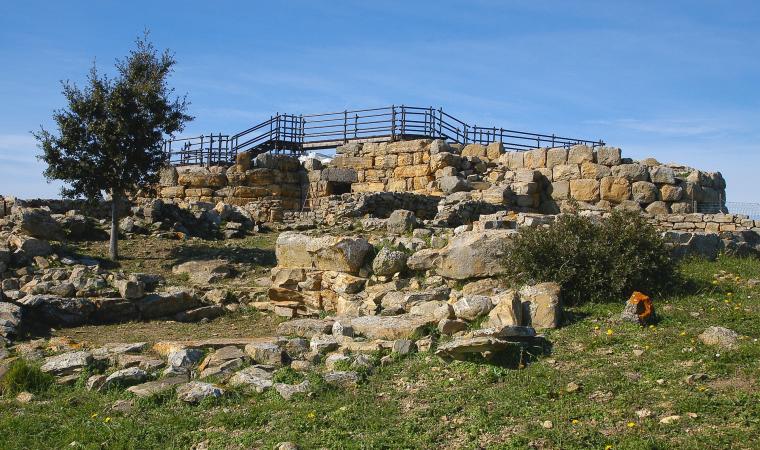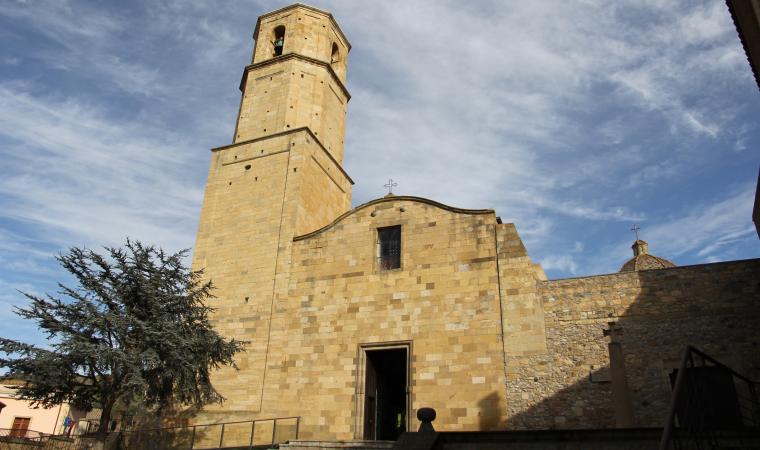The town lies nestled at the foot of the castello di Monreale and is home to almost nine thousand people some fifty kilometres from Cagliari in the heart of the Medio Campidano. San Gavino stands out for its characteristic farm-town layout of large houses with big arched gateways and spacious courtyards. You will see typical Campidanese architecture surrounded by green spaces and savour the traditional flavours of its soups, meat, country bread and fantastic sweets. To learn more about the area and its traditions there is a museum in the centre of town, the sa Moba sarda, with displays of pictures and the tools used by local farmers up until the 1920s, when industrialisation began. The San Gavino foundry was one of its emblems and a major local business. It is now abandoned and has become the destination of industrial archaeology enthusiasts.
Since the XV century, the area has been a major saffron producer. The precious ‘red gold’ made here still today meets a great part of Italian demand, and much of it is exported. The processing techniques have been handed down over generations and the end-product is celebrated for ten days in November of each year with a festival called the Fiera internazionale dello zafferano, when you can enjoy a variety of dishes made with the precious spice. Another major event is the carnevale Sangavinese that attracts some 50,000 visitors every year. The floats on parade on Sunday and Fat Tuesday are considered among the most beautiful the island has to offer. Religious festivities include a celebration of St. Claire of Assisi in early August, St. Teresa in September and then St. Lucia in December. The most popular and lively event here is the celebration of San Gavino, the patron saint to whom the church in the centre of Nurazzeddu, one of the three medieval villages whose centres came together to form the heart of town, is dedicated. The town obviously carries its saint’s name to which Monreale was added under Spanish dominion for its proximity (then) to the castle of Monreale.
The Church of San Gavino martire, once a parish Church, was built in 1347 at the behest of Mariano IV d'Arborea. The remains of the original structure are very interesting, as are the four archstones in the apse, where the historian Casula discovered contemporary portraits of Mariano IV, of his son and heir Ugone III, his daughter Eleonora and her husband Brancaleone Doria. The building is a sober construction with single nave. In the mid-1900s the floor, which is said to hide the tombs of the last Arborean sovereigns, was renovated.
The San Gavino area has been frequented since prehistoric days and there are a variety of Roman remains, including a necropolis and the peristyle of a villa.

